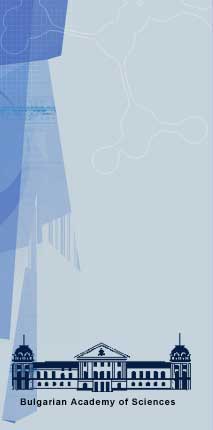|
Structure and function of
chromatin
Within the period
1978-1990 the Department’s research activity developed in
several directions. ● Structure of 30 nm chromatin fiber:
the role of histone H1/H5/ and their localization within the
fiber (the first demonstration that histone H5 is internally
located; an original triple-helix model was suggested) ●
Thermal denaturation of chromatin as an approach for
studying of chromatin structure (demonstration of nucleosome
sliding upon melting of H1-depleted chromatin)
● Transcribed
chromatin: methods for isolation, non-histone complement,
acetylation of histones (some of the earlier data for
hyperacetylation of active chromatin) ● Satellite chromatin
as an example of firmly repressed chromatin: separation,
isolation of pericentromeric chromatin (the first evidence
that histones of satellite chromatin are not acetylated) ●
Photocrosslinking protein to DNA in vivo by using nano- and
picosecond UV laser (the first method for laser crosslinking
in vivo) ● Chromatin structure of ribosomal genes as a
function of their expression (the first evidence that the
active ribosomal genes do not represent a naked DNA but
contain all histones; core histones associated with the
actively transcribed gene copies are hyperacetylated, those
bound to nucleosome-organised genes are not.
After
1990 the research was switched to the non-histone
chromosomal protein HMGB1, serving the function of
“architectural” factor of chromatin. This protein is studied
in three aspects: ● DNA binding properties with an emphasis
on its ability to bind DNA damaged by the antitumor drug
cisplatin, ● Post-synthetic modifications of HMGB1 and ● The
role of the acidic C-terminal domain for the properties of
the protein. The main results so far reported are (i) HMGB1
binds preferentially to UV-damaged DNA; (ii) Isolation,
purification, molecular characterization and DNA binding
properties of in vivo acetylated HMGB1 ; (iv) identification
of the enzyme that acetylated the protein in vitro: this is
the histone transacetylase CBP which also modifies Lys2.
Another research
area is the regulation of DNA unwinding during replication.
Basic conclusions ● The replicative helicase can unwind part
of DNA in the absence of DNA synthesis in vivo, suggesting
the existence of checkpoint mechanism for regulation of DNA
unwinding ● A specific checkpoint complex was identified,
interacting directly with e helicase during replication
fork progression and when the fork is stalled.
|




